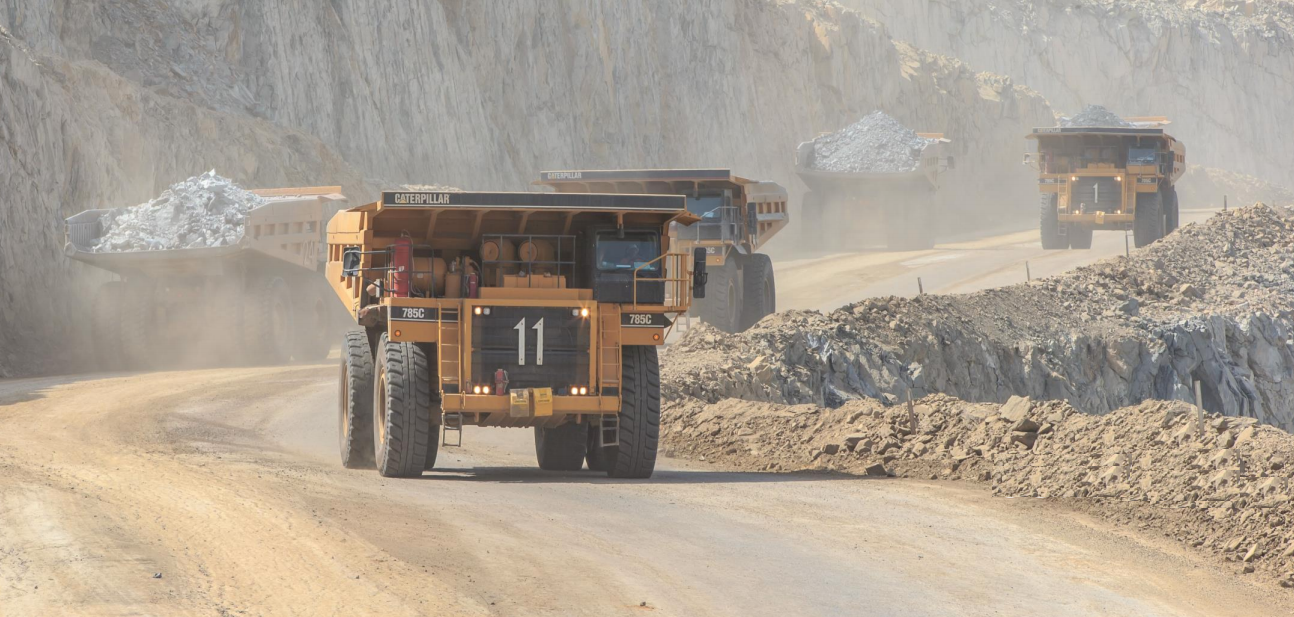- Pensana is building a mine to market route for rare earth magnets
- The world clearly desires more rare earth magnets, given the EV and wind power revolution
- What will really determine the success of Pensana’s strategy is what everyone else does
Pensana (LON: PRE) has an entirely sensible strategy in the rare earths space. The world wants more rare earth magnets as a result of the electric vehicle and wind power revolutions. Both depend – depend as in they’re crucial, not just nice to have – upon magnets made from the lanthanides. More specifically, the NdPr magnets just must be had.

By far the majority of the world’s rare earths are produced in China. The country has an even greater share of the processing of them and then a yet great control of the manufacturing of the final magnets. So, given that people would prefer not to be reliant upon China for something so crucial there’s a definite market gap in owning the whole process outside China. Or, owning a whole such process that is outside China.
Also Read: The Best Copper Stocks To Buy
This is the Pensana strategy. To mine rare earth ores in Southern Africa, to process them on Teesside and then to make the magnets. This does make sense, to be vertically integrated in this manner. Rare earth processing plants are expensive and complex things. They don’t like constant changes in feedstock so owning the mines to feed the plant makes sense – gaining access to a consistent and homgeneous feed is valuable. Equally, mining to produce just a concentrate that needs processing is a low value add activity – the only free processing capacity is in China which obviates the initial goal.
The magnet making is also worth having outside China. Amazingly, the original technology was partially developed by GM and Magnaquench. But Magnaquench was sold off and the Chinese buyers then wrapped up the entire factories – no, really – into shipping containers and took them to China. So, the third leg of the strategy works too on this theoretical basis.
Give all of this then why isn’t Pensana simply a slam dunk? Because for all the shouting about how essential rare earths are it’s still a pretty small market. So, the success of any one company – like Pensana – depends not just on what the company itself is doing but also on what everyone else does.
This has happened before. China started to restrict rare earth exports back in 2010 and this brought back online the Mountain Pass mine (then Molycorp) and also boosted production at Lynas. But just those two producers flooded the market, collapsed prices and Lynas had to be recapitalised, Molycorp went bust.
We are in the world of minor metals here (not that rare earths are, technically, minor metals but still) and it doesn’t, potentially, take much of an increase in supply to move market prices against new producers.
That’s what’s likely to make Pensana a volatile share over time. The strategy being followed has its excellent points, vertical integration from mine to magnet makes a certain economic sense. But the actual success of it all depends upon what other people do – how many other rare earth mines and processing plants are going to open? – and so that will be, in the end, what determines the Pensana share price.
It’s not what Pensana does that matters so much but what everyone competing with Pensana does that does matter.




